Alessio Malfanti - Associate Professor of Pharmaceutical Technology and Advanced Drug Delivery at the Department of Pharmaceutical and Pharmacological Sciences at the University of Padova, Italy
Alessio Malfanti - Associate Professor of Pharmaceutical Technology and Advanced Drug Delivery at the Department of Pharmaceutical and Pharmacological Sciences at the University of Padova, Italy
Biography
Alessio Malfanti is an Associate Professor of Pharmaceutical Technology and Advanced Drug Delivery at the Department of Pharmaceutical and Pharmacological Sciences at the University of Padova, Italy. After earning his Master’s degree in Pharmaceutical Chemistry and Technology, he went on to earn his PhD in Pharmaceutical Sciences at the University of Padova (Italy) under the supervision of Prof. Paolo Caliceti. In 2017, he worked as a PhD visiting student at the Sackler School of Medicine at Tel Aviv University (Tel Aviv, Israel) in the laboratory of Prof. Ronit Satchi-Fainaro, where he developed siRNA delivery systems targeting breast cancer. In 2018, he moved to the Centro de Investigacion Principe Felipe (Valencia, Spain) in the Polymer Therapeutics Lab led by Dr. Maria J. Vicent, focusing his work on polymer therapeutics as drug delivery tools applied to anticancer immunotherapy. Next, in 2020, he was awarded the Marie Skłodowska-Curie Individual Fellowship at the Louvain Drug Research Institute, University of Louvain (Bruxelles, Belgium) in the research group coordinated by Prof. Véronique Préat, leveraging the use of polymer therapeutics for the local immunotherapy of Glioblastoma. His multidisciplinary research laboratory aims to understand the biological rationale of diseases for the design of advanced polymeric nanomedicines suitable for transfer into clinical testing. To do so, he works at the interface among polymer chemistry, nanomedicine, molecular biology, oncology, and immunology. Recently, his work has focused on developing polymeric conjugates for cancer immunotherapy, vaccine development, and synergistic combination therapy to treat melanoma, unresectable and post-operative glioblastoma, and cancer brain metastasis. He was awarded the prestigious ERC-Starting grant (2024, €1.5M) and STARS@Unipd (2023, €175K). His scientific achievements were acknowledged by his inclusion as an invited speaker in several national and international conferences, and he has authored more than 35 scientific publications. Recently, he has been involved in the editorial board of the Journal of Controlled Release (IF 10.5) and Drug Delivery (IF 6.5).
Interview
NanoSphere: Tell us a bit about yourself—your background, journey, and what led you to where you are today.
Alessio: My journey starts from a small Italian village in the Alps, right on the border with France. It was there that I spent my formative years and completed high school. Later, I moved to Turin (Italy). Although I have always been deeply passionate about literature and books, a passion that still remains, I chose to pursue a degree in Pharmaceutical Chemistry and Technology at the University. My interest in this field was sparked by reading Il Sistema Periodico (The Periodic Table) by Italian author Primo Levi. In this book, Levi recounts autobiographical episodes, each linked to a specific chemical element, an approach that deeply resonated with me and stirred my curiosity toward chemistry. At the same time, my interest in human beings remained strong, which is why I chose to pursue an interdisciplinary program that bridged chemistry with life sciences, rather than a pure chemistry course. During my master’s thesis, I was introduced to the field of Drug Delivery and Nanomedicine.
I was fascinated by the concept of using nanoscale carriers to transport drugs throughout the body, enhancing therapeutic efficacy while minimizing side effects. My PhD experience deepened this interest, as I came to appreciate the incredible versatility of polymers and their potential to be applied in diverse medical contexts. Currently, my research lies at the intersection of Chemistry, Biology, Pharmacy, and Physiopathology. I focus on designing polymer therapeutics, a class of nanomedicines, to address cancer and non-cancer related unmet medical needs. My group focuses on developing effective treatment strategies through the synthesis of biodegradable polymer therapeutics targeting novel molecular markers, as well as by exploring combination (immuno)therapies. To build my expertise, I have had the opportunity to work in five different laboratories across four countries, under the guidance of diverse principal investigators. Each experience has shaped my scientific perspective and helped refine my research approach. I remain deeply grateful to all those mentors who have contributed to my journey.
NanoSphere: Could you please share more details on your recently approved project - ERC for exploring smart nanoparticles for the treatment of glioblastoma?
Alessio: Glioblastoma is the most aggressive and deadly form of brain cancer. Despite advancements in surgery, chemotherapy, and radiotherapy, the prognosis for patients remains extremely poor. One promising therapeutic strategy lies in localized drug delivery systems, which aim to enhance current clinical treatments by directly targeting the tumor and surrounding tissue.
The goal of the GLIOMERS project is to develop next-generation polymer therapeutics specifically engineered for the local treatment of glioblastoma. These advanced systems are designed to address the major challenges posed by the disease, including drug resistance, tumor invasion, and immune system evasion, among others, through precise, tailored interventions at the tumor site. In parallel, we want to repurpose chemotherapeutics, aiming to immunomodulate the tumor immune microenvironment of glioblastoma, enhancing the efficacy of current (immuno)therapeutics.
NanoSphere: Your team developed HA-DOX and HA-GEM conjugates using scalable synthetic methods and bio-responsive linkers. Given the dual functionality of DOX (inducing immunogenic cell death) and GEM (depleting MDSCs), how did you determine the optimal 1:1 molar ratio for HA-DOX and HA-GEM to achieve synergy in GBM models? You observed a significant depletion of M-MDSCs with HA-DOX + HA-GEM treatment in GL261-bearing mice but not with free DOX + GEM. From a formulation perspective, what factors do you think contributed to this enhanced immunomodulatory effect? In your physicochemical characterization, HA-DOX and HA-GEM showed distinct zeta potentials. How did these surface charges influence the stability or cellular uptake in the in vitro and in vivo studies?
Alessio: In this work, led by my PhD student Giulia Rodella, we hypothesized that the local administration of chemotherapeutic agents with inherent immunomodulatory properties, when conjugated to hyaluronic acid (HA), may trigger a robust antitumor immune response while minimizing off-target toxicity. Our polymer-based approach utilizes HA (100 kDa) as a carrier to deliver a synergistic combination of two repurposed chemotherapeutics—doxorubicin (DOX) and gemcitabine (GEM)—for the treatment of unresectable glioblastoma. The optimal molar ratio of the drug has been screened in vitro on SB28 cells, a highly immunosuppressive glioblastoma cell line.
Alessio: In this work, led by my PhD student Giulia Rodella, we hypothesized that the local administration of chemotherapeutic agents with inherent immunomodulatory properties, when conjugated to hyaluronic acid (HA), may trigger a robust antitumor immune response while minimizing off-target toxicity. Our polymer-based approach utilizes HA (100 kDa) as a carrier to deliver a synergistic combination of two repurposed chemotherapeutics—doxorubicin (DOX) and gemcitabine (GEM)—for the treatment of unresectable glioblastoma. The optimal molar ratio of the drug has been screened in vitro on SB28 cells, a highly immunosuppressive glioblastoma cell line.
Regarding the formulation, a critical factor influencing the immunomodulatory effects is the molecular weight of HA, specifically the use of 100 kDa HA. Numerous studies have shown that low molecular weight HA is associated with pro-inflammatory activity, primarily through its interaction with key receptors such as Toll-like receptors 2 and 4 and CD44. In this context, we think that differences in zeta potential are unlikely to significantly affect cellular uptake, as we hypothesize that receptor-mediated mechanisms govern internalization. However, further studies are needed to validate this hypothesis.
NanoSphere: If there’s one key message or insight you’d like to share with readers about the future of nanomedicine, what would it be?
Alessio: The future of nanomedicine is rapidly evolving and holds great promise in addressing critical unmet medical needs. While much of the current research is centered around lipid-based systems, the potential of polymers remains underexplored. Historically, the broader adoption of polymer-based nanomedicines has been hindered by challenges such as poor batch-to-batch reproducibility, complex synthetic routes, and high production costs.
Alessio: The future of nanomedicine is rapidly evolving and holds great promise in addressing critical unmet medical needs. While much of the current research is centered around lipid-based systems, the potential of polymers remains underexplored. Historically, the broader adoption of polymer-based nanomedicines has been hindered by challenges such as poor batch-to-batch reproducibility, complex synthetic routes, and high production costs.
To fully unlock the advantages that these versatile biomaterials offer, significant efforts are needed to standardize their synthesis and manufacturing processes. Importantly, integrating polymer-based systems with emerging technologies, such as artificial intelligence, multiomics, and advanced materials science, could help overcome key limitations in current nanomedicine, such as the tendency of delivery vehicles to accumulate in the liver, kidneys, etc. This integrated approach may pave the way for more targeted, effective, and personalized therapeutic solutions.

